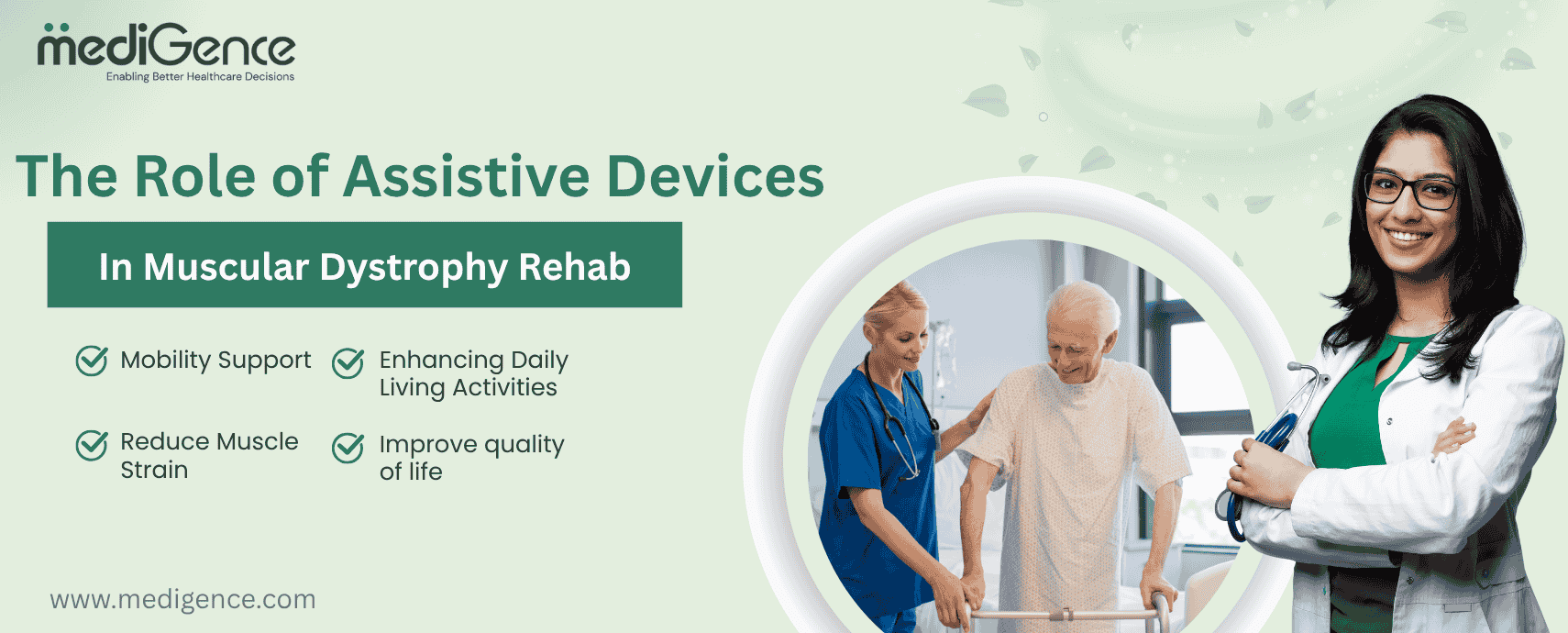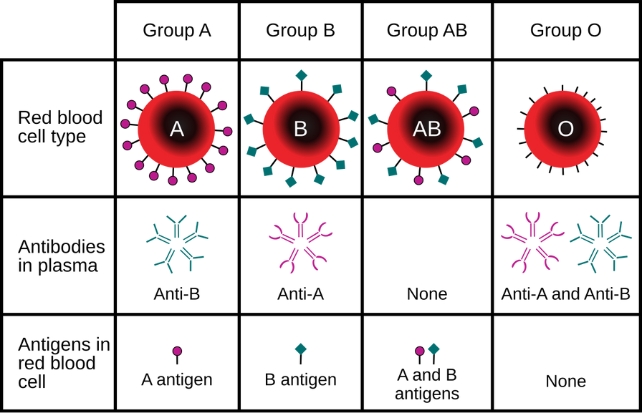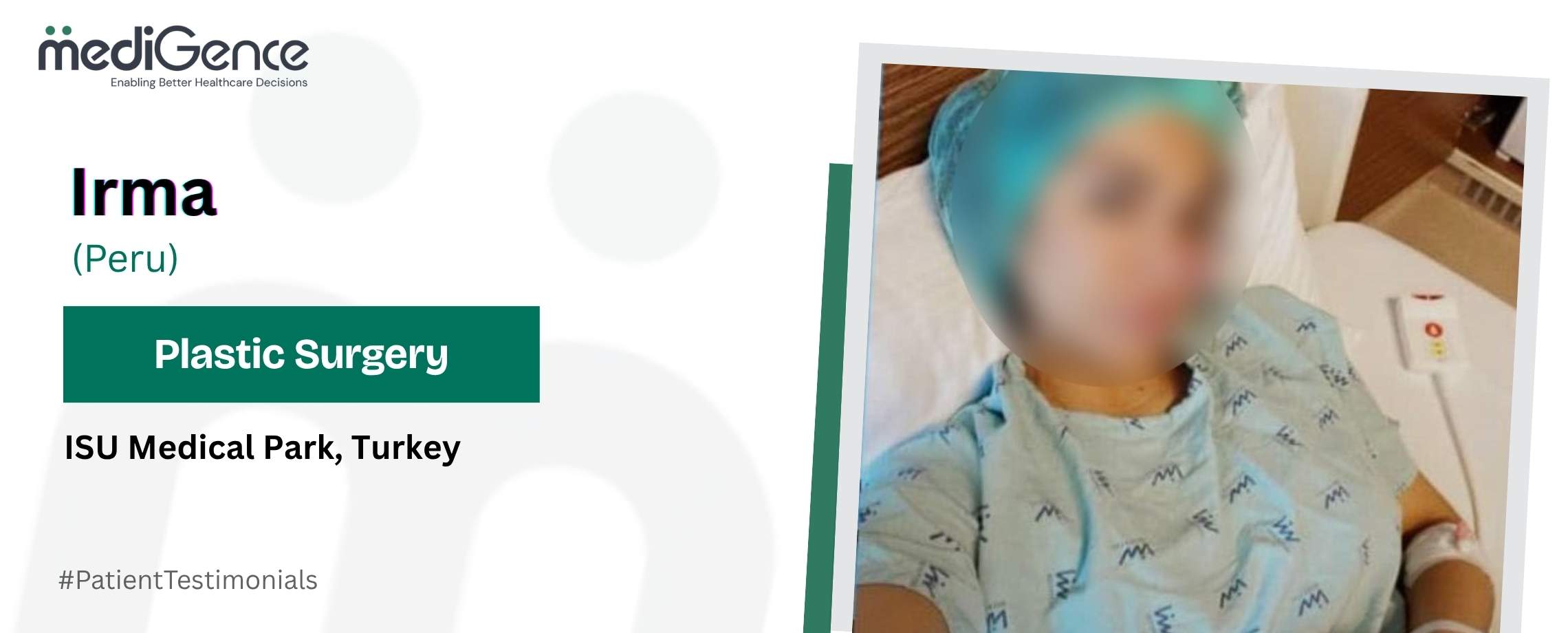Muscular dystrophy is primarily a muscular disorder that causes muscle weakness and degeneration of skeletal muscles. The onset of disease, severity and pattern of progressive muscle degeneration differ from person to person and cause difficulty in mobility, muscle coordination, and, progressively, disability.
Adaptive equipment for muscular dystrophy can help you maintain your independence while also improving your quality of life by assisting with movement, eating, bathing, and communicating.
How Assisted Devices Work in a Muscular Dystrophy Patient
Progressive muscle degeneration is one of the most common signs of muscular dystrophy. Most people with this neuromuscular disease will eventually require assistance walking and doing everyday tasks. Canes, wheelchairs, and other mobility aids can help make everyday life easier and less dangerous for the person with disability.
Adaptive equipment and assistive devices allow persons with Duchenne Muscular Dystrophy (DMD) to live more comfortably and independently. Assistive technology for muscular dystrophy includes mobility devices such as braces and wheelchairs, as well as modifications to the house for everyday use.

Book Online Consultation
Assistive Devices and Their Uses
Mobility Devices
Progressive muscle weakening is one of the most common signs of muscular dystrophy. Most people with this neuromuscular disease will eventually require assistance walking and performing daily activities. Canes, wheelchairs, and other mobility aids can help make everyday life easier and more secure for both persons with the condition and their carers.
- Canes: Canes can improve balance and decrease the danger of falling. Canes provide limited stability and generally suitable only for individual with mild symptoms who require minimal support.
- Scooters: If you have limited mobility and require assistance travelling longer distances, a scooter may be precisely what you need. They come in three or four-wheel variants and provide excellent stability and versatility. They make it easier for you to travel comfortably.
- Walkers: Walkers give stability and reduce the chance of falling. Rolling walkers need less muscular power and balance than other varieties, making them an excellent choice for individuals with low upper-body strength.
- Wheelchairs can be classified into two categories: powered and manual.
- Manual wheelchair: Mannual Wheelchairs may be appropriate for individuals with mild to moderate muscle weekness who retain sufficient upper body strength or have caregiver support.
- Powered Wheelchair: A person with progressive muscular dystrophy requires extensive mobility support, power wheelchairs are the best option for them. These wheelchairs are powered by electricity, include a joystick for control, and may be customised for posture support.
Orthosis Devices
People with muscular weakness might benefit from these orthotic devices, which enhance joint alignment and functionality. Orthoses can also assist in treating contractures (tightening or shortening of muscles, tendons, and other tissues) by reducing a limb or joint’s range of motion. Ankle-foot orthoses and knee-ankle-foot orthoses, as well as wrist and thumb splints or braces, aid in the grasping and movement of tiny items by weak hands. If your shoulders are weak, a sling may help support your arms and ligaments.
Robotics
Power wheelchairs integrated with robotic technology can assist you in moving about more effortlessly, picking up objects, opening doors, eating and drinking, brushing your teeth and getting dressed. This includes robotic exoskeletons, advanced power wheelchairs, and robotic assistive devices for personal support.
Summary
Mobility aids can help patients to regain self-reliance, relieve discomfort, and increase self-confidence and self-esteem. There is no question that it improves overall health and well-being.










